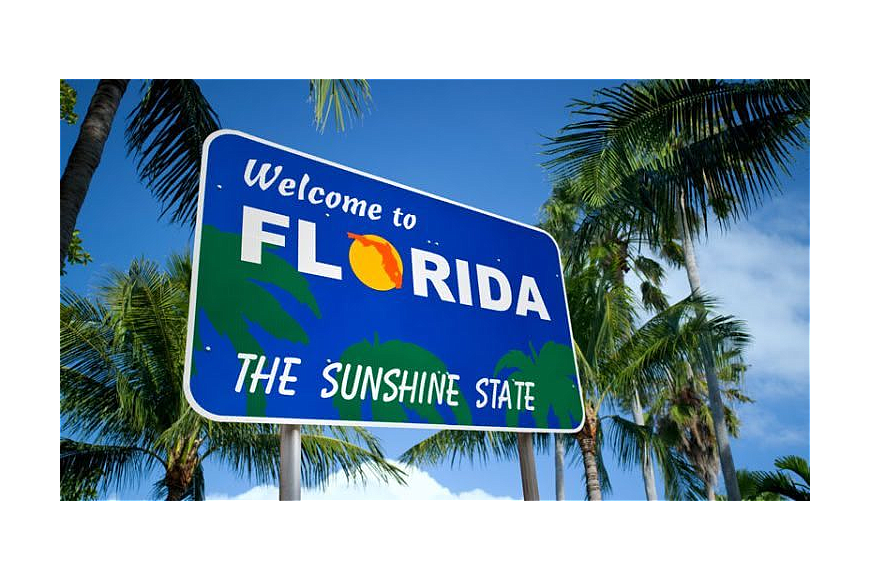- October 22, 2024
-
-
Loading

Loading

The recession and volatility in financial markets is driving up required payments by state and local governments into the Florida Retirement System — just when both face a massive revenue crunch. This raises the question of how much risk should be baked into the system’s long-term savings plan.
This means facing hard choices. Reducing risk in FRS investments means assuming lower rates of return than originally expected — a struggling economy shouldn’t be expected to deliver boom-time investment returns. FRS actuaries have deemed the system’s assumed investment return as one that “conflicts with our judgment regarding what would constitute a reasonable assumption” the last several years running, even before this recession.
Yet plan administrators have been slow to adjust investment assumptions to match reality.
With public employers statewide trying to figure out how to balance their portion of raising FRS cost with other priorities — for example when Leon County Schools wrestled with choices between school programs and pay increases vs abrupt FRS cost increases — plan administrators should not maintain their passive approach.

Why are public employers around Florida sounding the pension budget alarm?
The simple answer is FRS actuaries say the system needs additional funds to honor the well-earned, and legally protected, benefits owed to state and county educators and employees, and for good reason.
FRS provides retirement income benefits to just under 5% of the state’s 21 million residents and serves nearly every state agency, county, school board and state university, as well as hundreds of hospitals and special districts. With an estimated $163.6 billon in assets, FRS is fifth largest pension fund in the U.S. and No. 16 in the world. Even so, during the decade-long bull market following the 2008 financial crisis, FRS has accumulated nearly $30.3 billion in unfunded pension liabilities — debt, essentially — with no end to that trend in sight.
The main cause of the FRS saving shortfall, according a recent Reason analysis of FRS annual financial reports, is the system’s underperforming investments. Six years after the 2008 financial crisis FRS began making changes adjusting the assumed return on investments from the 7.75% expectation set in 2004, slowly reducing it down to an expectation of 7.2% for 2019. Between 2008 and 2019, FRS investments nonetheless often fell short of even those lowered return expectations, starving the system of $16.6 billion in assets and accounting for the lion’s share of the system’s current pension debt.
Although lowering investment return expectations over time have been moves in the right direction, the investment assumption still remains above the 7.12% rate recommended by plan actuary Milliman and the 6.59% return assumption recommended by the Florida State Board of Administration in 2019. FRS earned an overall investment return of 6.26% for fiscal year 2019, falling well short of the system’s 7.2% investment return assumption, and all the alternatively recommended assumptions as well.
One year of slight underperformance is usually not a major problem in isolation, but FRS has consistently fallen short of expectations over the last 20 years. FRS is clearly struggling to produce investment returns that match their expectations — and that’s a big problem.

FRS relies on contributions from members and government employers, combined with investment income, to meet its savings goals, and ultimately pay for retirement benefits owed to public employees. That procedural detail is important in understanding the concerns of local employers because if investment income falls short of expectations in any given year, FRS is knocked further off its savings plan and needs to find that money somewhere else in order to prevent falling further behind. Which brings us back to the concerns voiced by local school boards and other employers.
As of July 1, 2019 FRS had about 82.6% of the funds on hand to be able to deliver what it owes public employees over the long term, down from the 84.3% it had in 2018 and way, way down from the $13 billion surplus the plan had in 2000. Since then, FRS has only fallen well behind its savings goals, leading to requirements for higher payments by state and local employers.
To preserve a secure retirement plan for state and local workers, actively setting less risky assumptions and exposing the true cost of FRS benefits is the best policy. That will mean higher payments into the system in the short run but will bring more consistency and predictability to those payments and avoid big spikes in payments to make up for bad investment years. And it will prevent new unfunded liabilities from accumulating and create a more sustainable way to deliver on the retirement promises made to public employees.
Steven Gassenberger is a policy analyst and Adrian Moore is a vice president with the Reason Foundation.